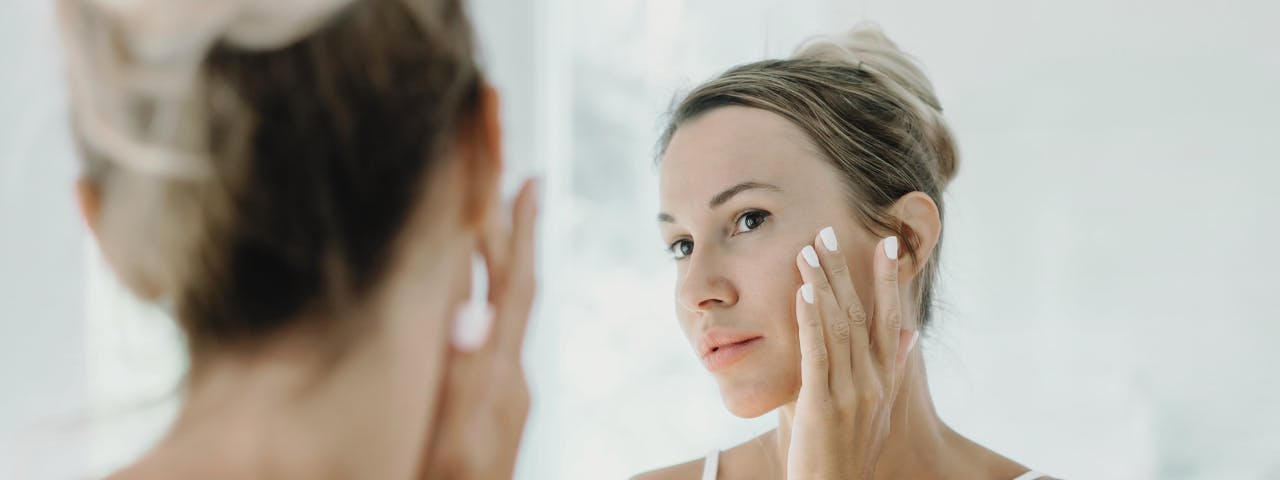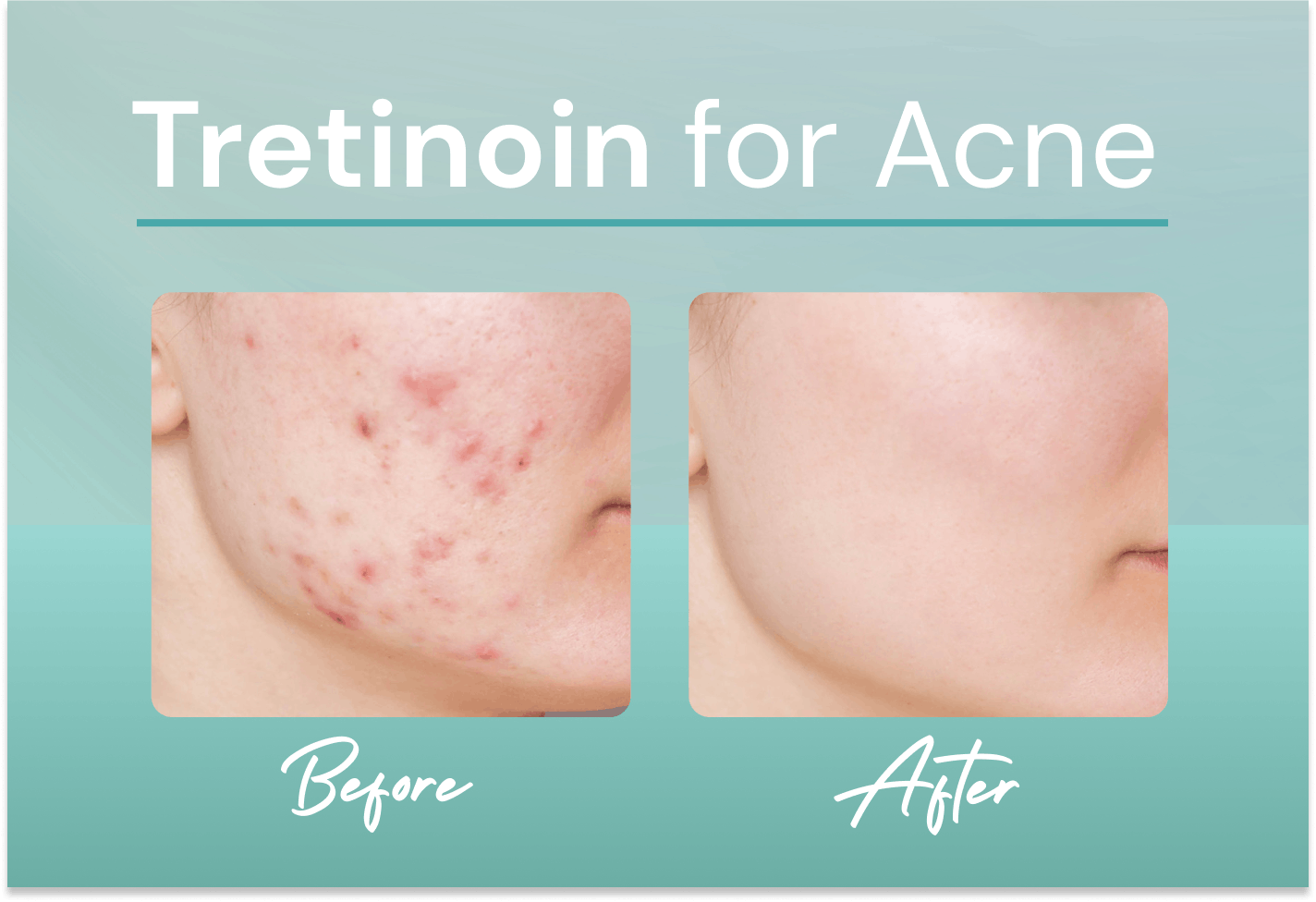Getting a tan is one of the best parts about summer, but unfortunately, it’s not one of the best things for your skin. Before you decide to lay out in the sun for hours, or visit an indoor tanning salon, know that a tan is a sign that your skin has been injured. As this damage builds, you speed up the aging of your skin and increase your risk for all types of skin cancer.
So yes, tanning can harm you.
UV radiation from the sun and indoor tanning is so dangerous that it has been declared as a known carcinogen not only by the United States Department of Health and Human Services, but also the World Health Organization’s International Agency of Research on Cancer.
Tanning – either in the sun or indoor tanning beds – can cause several common and serious skin conditions:
- SUNBURN Your skin can burn if you get UV exposure without proper protection, such as staying in the shade, wearing protective clothes and applying sunscreen.
- WRINKLES UV exposure can increase the signs of aging on your skin, causing wrinkles on the skin, a toughening of the skin and a leather-like appearance.
- DARK SPOTS - or hyperpigmentation - on the skin are caused by years of UV exposure. The exposure causes an increase in melanocytes (pigment) production in the skin, resulting in a patchy skin color or a blotchy complexion.
- MELASMA occurs when UV exposure causes the melanocytes to make more pigment in the skin, and most commonly occurs in women. It is often referred to as the "mask of pregnancy" - because hormones also seem to trigger melasma. Women who are taking birth control pills and who tan are likely to get dark patches (melasma), especially on the skin of their upper lip or on their cheeks.
- ACTINIC KERATOSES (AKs) are common skin growths that are considered to be pre-cancerous. They are sometimes difficult to see but have a rough-feeling texture on the skin. AKs are caused by years of UV exposure from the sun or indoor tanning beds, and left untreated, AK's may turn into a type of skin cancer called squamous cell carcinoma.
- SKIN CANCER most often develops on areas of the skin exposed to UV radiation. Skin cancer affects people of all colors and races, although those with light skin who sunburn easily have a higher risk! It is estimated that more than one in five Americans will develop skin cancer in their lifetime. Melanoma, the deadliest form of skin cancer, is increasing faster among young females compared to young males, which may be due to widespread use of indoor tanning among females. When detected early and treated properly, skin cancer is highly treatable. When caught late, it becomes more difficult to treat, and can be disfiguring and even deadly. It is important to always voice concerns with your Board-Certified Dermatologist, as they can point you in the right direction for effective and timely treatment.
What are the differences between the two types of UV rays from the sun?
Sunlight consists of two types of harmful rays that reach the earth: UVA and UVB. Overexposure to both can lead to skin cancer, which means that you’ll need protection from both types.
The UVA rays reach deeper into the skin and lead to signs of premature skin aging, such as wrinkling and age spots. These rays can pass through window glass, which is why it is recommended to wear sun protection even while driving. The UVB rays do not go as deep into the skin and are the primary cause of sunburn. They are blocked by window glass.
Is indoor tanning safer than natural sunlight?
No. There is no such thing as a safe tan. Like the sun, indoor tanning equipment exposes your skin to UVA and UVB radiation.
In fact, your risk of melanoma increases 59% when you use an indoor tanning bed before the age of 35, increasing with each use following.
Indoor tanning can also result in injuries, such as burns, loss of consciousness (due to dehydration or over-heating), and eye damage including burns or inflamed corneas, which may require a trip to the emergency room.
Do we need vitamin D from the sun?
Some people argue that some sun is beneficial for the production of vitamin D in the skin. However, the American Academy of Dermatology does not recommend getting vitamin D from the sun or indoor tanning beds. A healthier and safer alternative is to get your vitamin D from a healthy diet, which includes naturally enriched vitamin D foods, fortified foods, and beverages. Vitamin supplements are also an option, so speak with your dermatologist if you feel as though you are lacking Vitamin D!
How do I protect my skin from UV exposure?
- Seek shade. The sun's rays are strongest between 10 a.m. and 2 p.m. If your shadow appears to be shorter than you are, seek shade, and this goes for all seasons.
- Wear protective clothing, such as a long-sleeved shirt, pants, a wide-brimmed hat, and sunglasses, where possible. Most clothing absorbs or reflects some UV rays. However, light-colored and loose-knit fabrics as well as wet clothes that cling to your skin do not offer much sun protection. In general, the tighter the weave of the fabric and the darker the fabric color, the more UV protection clothing offers. Be selective!
- Generously apply a broad-spectrum, water-resistant sunscreen with a Sun Protection Factor (SPF) of 30 or higher to all exposed skin. "Broad-spectrum" provides protection from both UVA and UVB rays, and this protection should be reapplied every two hours (even on cloudy days) and after swimming and sweating.
- Use extra caution near water, snow, and sand because they reflect and intensify the damaging rays of the sun. It seems odd that snow can increase your chance of sunburn, but it's true!
- Avoid tanning beds. Ultraviolet light from the sun and tanning beds can cause skin cancer and wrinkling. If you want to look tan, consider using a self-tanning product or spray, but always continue to use sunscreen with it.
Can I use sunless tanning products if I want to look tan?
Self-tanning products are an easy way to achieve a tan look. Sunless tanning products contain dihydroxyacetone, or DHA, which interacts with the proteins in the skin to produce a tan that gradually fades. Recent advances have resulted in longer-lasting formulations and more realistic looking results, as opposed to the orange-ish hue of previous generations of self-tanners.
It’s important to remember though that the color produced by a self-tanner is not sun protection for your skin. Be sure to continue to generously apply a broad spectrum, water resistant sunscreen with an SPF of at least 30 to all exposed skin.



